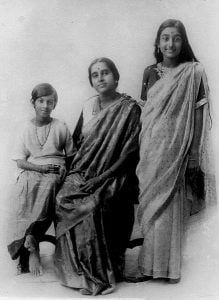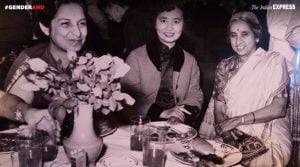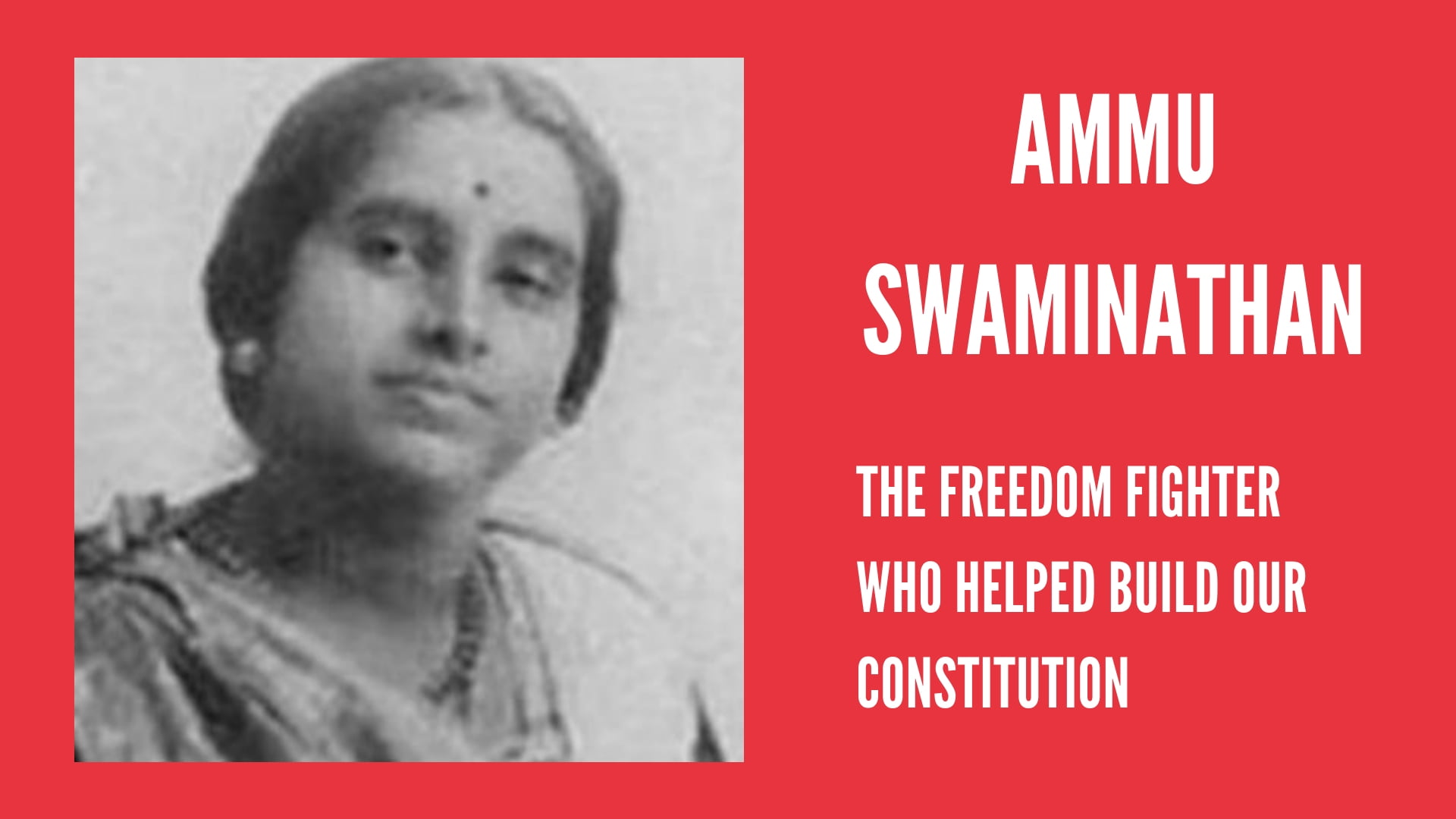Ammu Swaminathan was born in Palakkad district of present day Kerala in 1894. Her ideas were feminist from a very young age and this continued to manifest in her activities as a social reformer and politician. Her career both before and after Independence shows qualities of resilience and fortitude as she bravely stood up against the injustice around her and actively worked to bring about structural change as well.
Early life and Marriage
Ammu was a spirited girl and even at the age of 13 when faced with the prospect of marriage, she laid down her own conditions before agreeing to it. Her husband, Subbarama Swaminathan was a close associate of her father P. Govinda Menon and had expressed his desire to marry one of his daughters upon completion of his higher education in England. By that time, Menon had passed away and all his daughters except for the 13 year old Ammu were married.
she bravely stood up against the injustice around her and actively worked to bring about structural change as well.
When Swaminathan proposed marriage to the young girl, who was about 20 years his junior, she had replied in the affirmative but only after putting down a few conditions. As her granddaughter Subhashini Ali recollects, these included moving to Madras, getting an English education and that she should never be asked what time she’d reach home since “nobody asked her brothers that question”.
At that time, the Nair community that Ammu belonged to used to practise a form of marriage called Sambandham where children could not inherit property from their father. However, Swaminathan and Ammu rejected this practise and got their marriage registered in England. This was in the face of stiff protest from Swaminathan’s family who were opposed to the union as he was marrying outside of their caste.
Also read: Kuyili: The Dalit Commander Whose Sacrifice Remains An Unsung Tale | #IndianWomenInHistory
Ammu had four children, two boys and two girls, all of whom were given equal access to education and the opportunity to pursue the careers of their choice. Her two daughters went on to become successful and extremely well known in their respective spheres. Lakshmi Sahgal, her second born, popularly known as Captain Lakshmi became the leader of the Rani Jhansi regiment of Indian National Army formed by Subhash Chandra Bose. Her youngest child, Mrinalini Sarabhai became a very famous dancer and was married to Vikram Sarabhai.

Image Source: Geni
Political Career
It was around 1914 that Ammu became politically active. In 1917 she formed the Women’s India Association along with Malathi Patwardhan, Annie Besant, Mrs. Dadabhoy, the Margaret cousins, and Mrs Ambujammal. They tried to address the social and economic issues of women labourers.
Ammu joined the Indian National Congress in 1934. She was a strong advocate for universal adult franchise and equal constitutional rights for women and this reflected in her activities as part of the Indian National Congress as well. She was an active participant in the Quit India Movement in 1942 and as an aftermath was jailed for a year in Vellore.
She was also a strong advocate of pro-women legislation and pushed for the Sarda Act or the Child Marriage Restraint Act, Age of Consent Act and the various Hindu Code Bills aiming to reform succession, inheritance and marriage laws. Later as a member of the Lok Sabha she also pushed for maternity benefits for women.
In 1946, she was elected to the Constituent Assembly from Madras and was one of the very few women involved in the drafting of the Indian Constitution. Although she was happy with the final draft that the Assembly passed, she criticised it for going into too many details and becoming a very lengthy volume.
she was elected to the Constituent Assembly from Madras and was one of the very few women involved in the drafting of the Indian Constitution.
In 1959, while Satyajit Ray was the President of the Federation of Film Societies, she became its Vice President. Later she also headed the CBFC and the Bharat Scouts and Guides.

Image Source: The Indian Express
Attitude towards caste system
In 1943, while being in Vellore jail, she heard one of the inmates calling out a sanitary worker by the name “Shudrachi” (meaning a lower caste person) and walked up to her saying “Yes, tell me”. The confused woman explained to Ammu that she was referring to the worker to which she is supposed to have spiritedly replied “I am a Shudrachi too. Now say what you want”. This is just one of the many instances where Ammu had shown exceptional strength and resolve in standing up to the caste system and condemning it.
She is known to have criticised Nehru for responding to the title of “Panditji” which according to her was a mark of caste superiority. While Nehru had supposedly provided a justification that he never asked anyone to address him as such, Ammu still found it problematic that he responded to the title.
She also faced difficulties in her marital life as she belonged to a caste considered lower in hierarchy to her husband’s, who was a Brahmin. She came to know of her daughters being made to consume food outside the house on the veranda in Swaminathan’s ancestral home because they were not ‘complete’ Brahmins. Both she and Swaminathan were opposed to this and campaigned against such regressive caste practices.
Also read: Uda Devi: Dalit Freedom Fighter In The 1857 Uprising | #IndianWomenInHistory
A dynamic personality and strong woman, Ammu Swaminathan remains an inspiration to us even today. Dabbling in multiple areas where women at that time had restricted access to and excelling in all of them, she not only led the struggle for independence but also for empowerment and gender equality.
References:
Featured Image Source: Veethi
About the author(s)
I am a third year law student at the National Law School of India University, Bangalore. I believe in bringing to the fore the voices of the ignored and the unheard mostly because I grew up and went to school with underprivileged kids although from a middle class family. Whenever I'm not sleeping, eating or overburdened by projects and classes, I'm probably being hated on for being a SJW trying to make people acknowledge their privilege.




